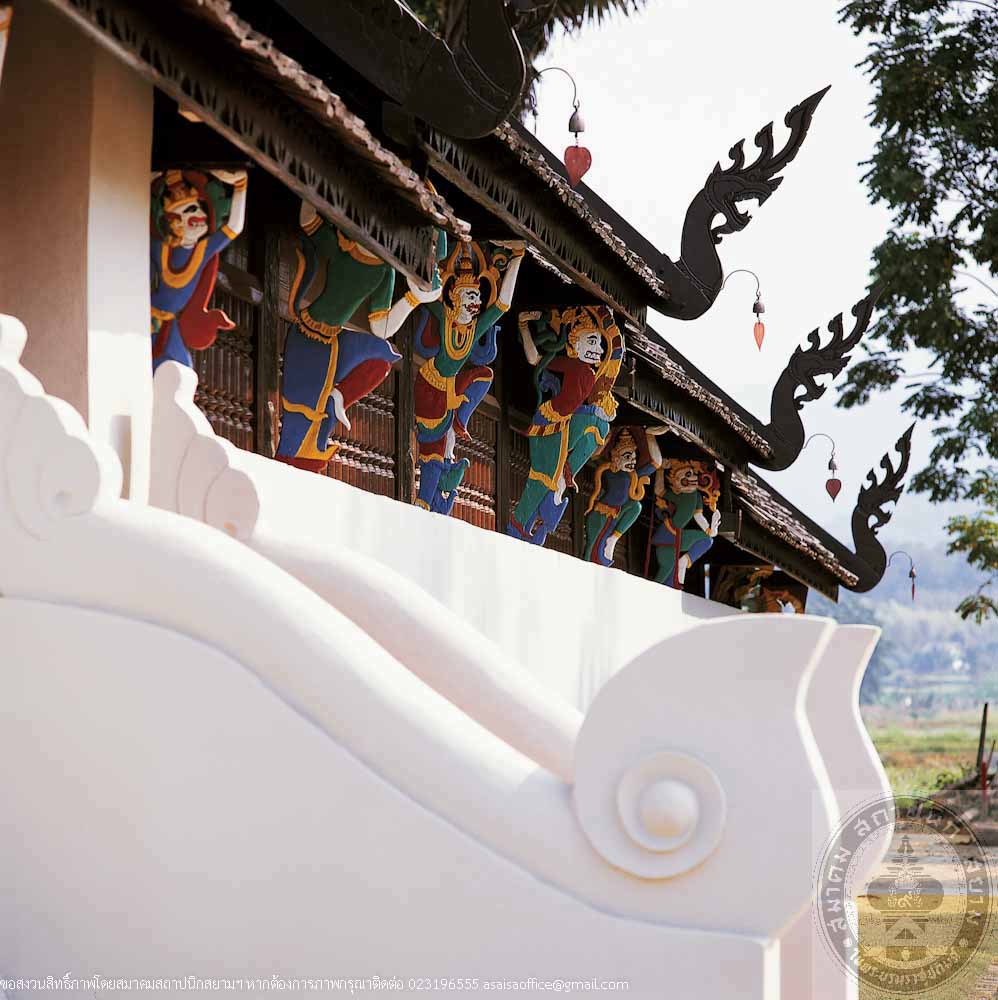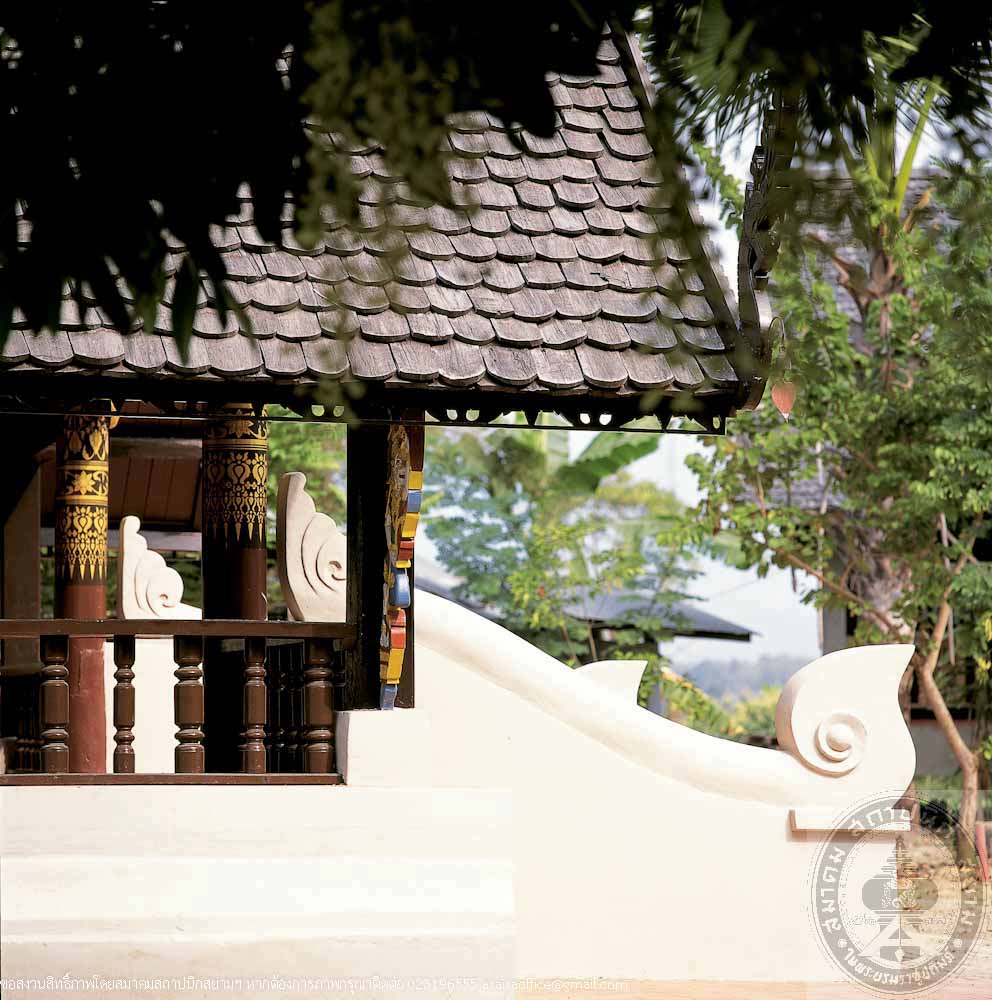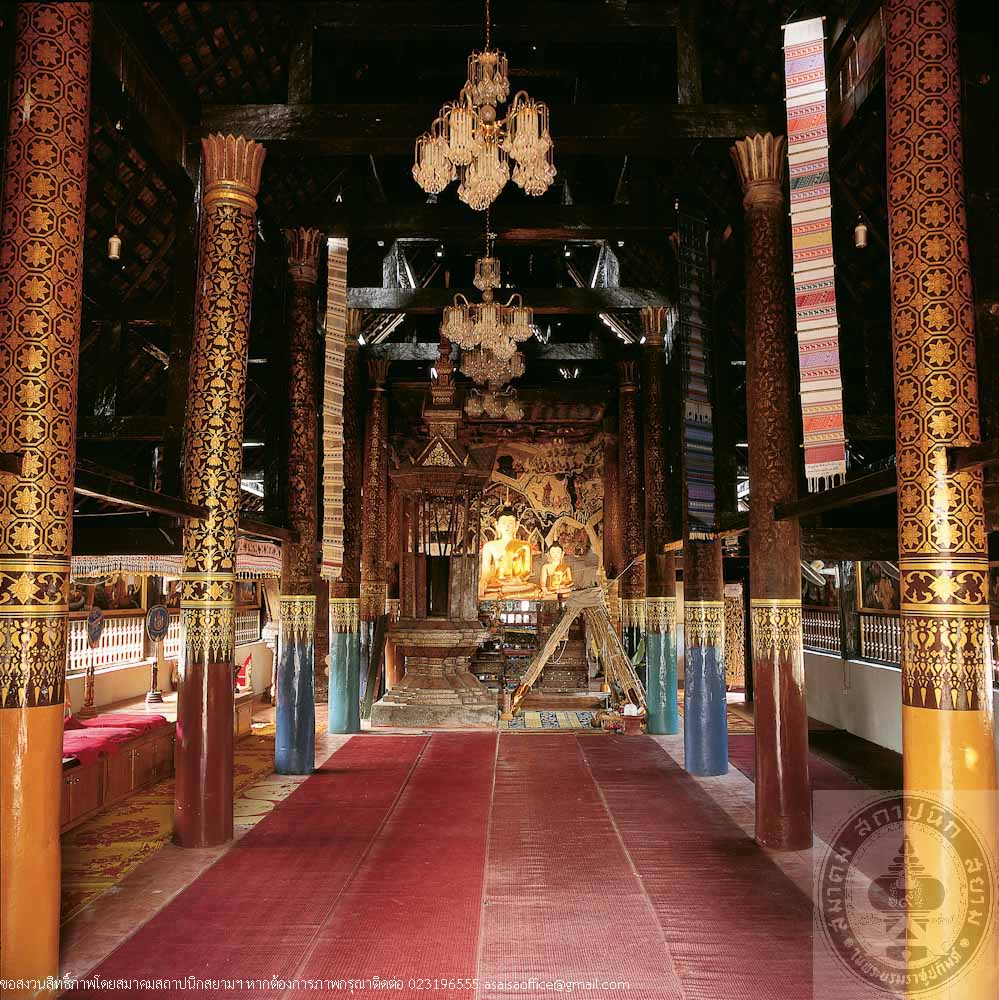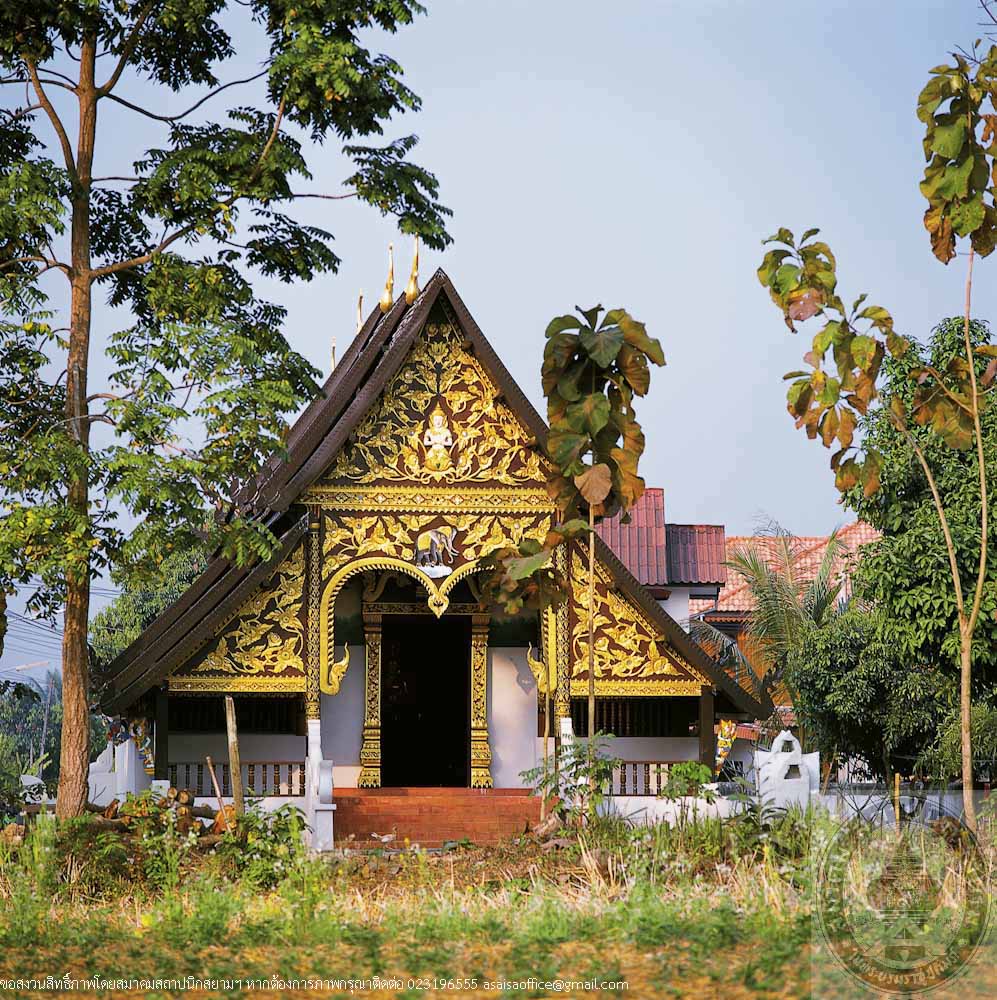วัดร้องแง
วัดร้องแง
ที่ตั้ง บ้านร้องแง หมู่ 7 ตำบลปัว อำเภอปัว จังหวัดน่าน
ผู้ครอบครอง วัดร้องแง
ปีที่สร้าง ประมาณปี พ.ศ. 2310
ปีที่ได้รับรางวัล พ.ศ. 2550
ประวัติ
วัดร้องแง เป็นวัดโบราณ สันนิษฐานว่าสร้างเมื่อประมาณปี พ.ศ. 2310 โดยการนำของเจ้าหลวงเทพพญารินเจ้าช้างเผือกงาเขียว เดิมปกครองอยู่ที่เมืองริน เป็นชาวไทยลื้อ เมืองรินอยู่ในเขตปกครองของแคว้นสิบสองปันนา มีพญาแสนเมืองแก้วเป็นผู้ปกครอง ต่อมาได้เกิดศึกสงคราม ข้าศึก รุกรานจนพญาแสนเมืองแก้วต้านทานไม่ไหว เจ้าหลวงเทพพญาริน เจ้าช้างเผือกงาเขียว จึงได้มาช่วยต้านทานทัพศัตรู พร้อมด้วยแม่ทัพนายกอง 4 นาย คือ
ท้าวแก้วปันเมือง ท้าววรรณะ ท้าวเหล็กไฟ และท้าวเต๋อ แต่สู้ไม่ไหวจึงแตกทัพรวบรวมไพร่พลหนีมาพร้อมกับเสนาทั้ง 4 ถอยร่นลงมาจนถึงบริเวณใกล้กับลำน้ำล่องแง (ใกล้ลำน้ำมีต้นแงซึ่งมีลักษณะคล้ายกับผลส้มจึงเรียกว่าลำน้ำล่องแง) ซึ่งมีความอุดมสมบูรณ์จึงตั้งชื่อหมู่บ้านตามชื่อลำน้ำ ต่อมาการเรียกผิดเพี้ยนไปจึงกลายเป็นบ้านร้องแง เมื่อสร้างวัดจึงได้ใช้ชื่อหมู่บ้านเป็นชื่อวัดไปด้วย วัดร้องแง ได้รับพระราชทานวิสุงคามสีมาเมื่อวันที่ 10 มกราคม พ.ศ. 2470
รูปแบบสถาปัตยกรรมวิหารวัดร้องแงเป็นแบบพื้นถิ่น สกุลช่าง หลังคาซ้อน 3 ชั้น 2 ตับ มุงแป็นเกล็ด ลักษณะเด่นคือการประดับตกแต่งด้วยไม้แกะสลักเป็นลวดลายพรรณพฤกษาที่หน้าจั่ว และทวยรับหลังคาเป็นทวยหูช้างสลักรูปเทวดา ยักษ์ และมนุษย์
ภายในวิหาร มีเสากลมปิดทองบนพื้นสีแดง มีศาสนวัตถุที่ทรงคุณค่าหลายอย่าง เช่น ธรรมาสน์โบราณ เป็นธรรมาสน์ไม่มีหลังคามีลวดลายปูนปั้นงดงามที่ฐานธรรมาสน์ นอกจากนี้ยังมีสัตตภัณฑ์ที่มีลวดลายงดงาม เป็นลักษณะเฉพาะของเมืองน่าน เครื่องสูงที่ประกอบพระประธานด้านละ 8 ชิ้น
ปัจจุบันวิหารมีการเปลี่ยนสภาพไปบ้าง เช่น มีการก่ออิฐบล็อคเป็นผนังแทนแบบเดิมที่เป็นวิหารโถง อย่างไรก็ดี คุณค่าทางด้านงานช่างของวิหารที่เหลืออยู่ ก็ยังคงน่าชื่นชม และสมควรที่จะบูรณะฟื้นฟูลักษณะดั้งเดิมให้สมบูรณ์ยิ่งขึ้นในอนาคต

วัดร้องแง

วัดร้องแง

วัดร้องแง

วัดร้องแง
-

วัดร้องแง
-

วัดร้องแง
-

วัดร้องแง
-

วัดร้องแง
Wat Rong Ngae
Location Ban Rong Ngae, Mu 7, Tambon Pua, Amphoe Pua Nan Province
Proprietor Wat Rong Ngae
Date of Construction 1767
Conservation Awarded 2007
History
Wat Rong Ngae is an ancient temple which is believed to have been constructed circa 1767 AD. by initiation of Chao Luang Thepphayarin Chao Chang Phueak Nga Khiao who was the former ruler of Rin Town. The town of Rin was in the territory of Sip Song Panna, ruled by Phya Saen Mueang Kaeo. When Rin was attacked by enemy, Phya Saen Mueang Kaeo could not defend the town therefore, Chao Luang Thepphayarin Chao Chang Phueak Nga Khiao came to his aid with 4 army leaders namely, Thao Kaeo Pan Mueang, Thao Wanna, Thao Lek Fai, and Thao Toe. However, the enemy was too powerful, thus they fled to an area near a stream called “Long Ngae Stream” (whose name derived from the “Ngae” plant that grew near the stream). The group settled at the place, which was a fertile land, and founded a village whose name followed the name of the stream, later the sound was distorted until the village name has become “Ban Rong Ngae”. The temple, also named after the village and was officially granted Royal Wisungcamsima on January 10th, 1927.
The architecture of Vihara (The Assembly Hall) of Rong Ngae temple is vernacular style of Nan crafts. With 3-tiered, 2-planed roofs, finished with wooden tiles (Pan Kled). Remarkable feature of the building is the adornment which comprises wood carvings in foliage designs on gable panels; and elephant ears shape corbel carved in shape of deities, demons and humans.
Inside the Vihara stands round columns finishing of goldleaves on red lacquer. Several valuable religious objects are presented i.e. ancient preaching seat decorated with beautiful stuccos on the base, Sattaphan (candle stand) elaborately made in distinctive style of Nan, and a complete set of regalia comprising the Buddha image, 8 pieces on each side.
Nowadays the Vihara is old and has undergone some changes as seen in the walls made of cement blocks that enclosed the building which was originally open. Nevertheless, the values of the Vihara are still perceivable and appreciable, worth conserving and revitalizing in the future.